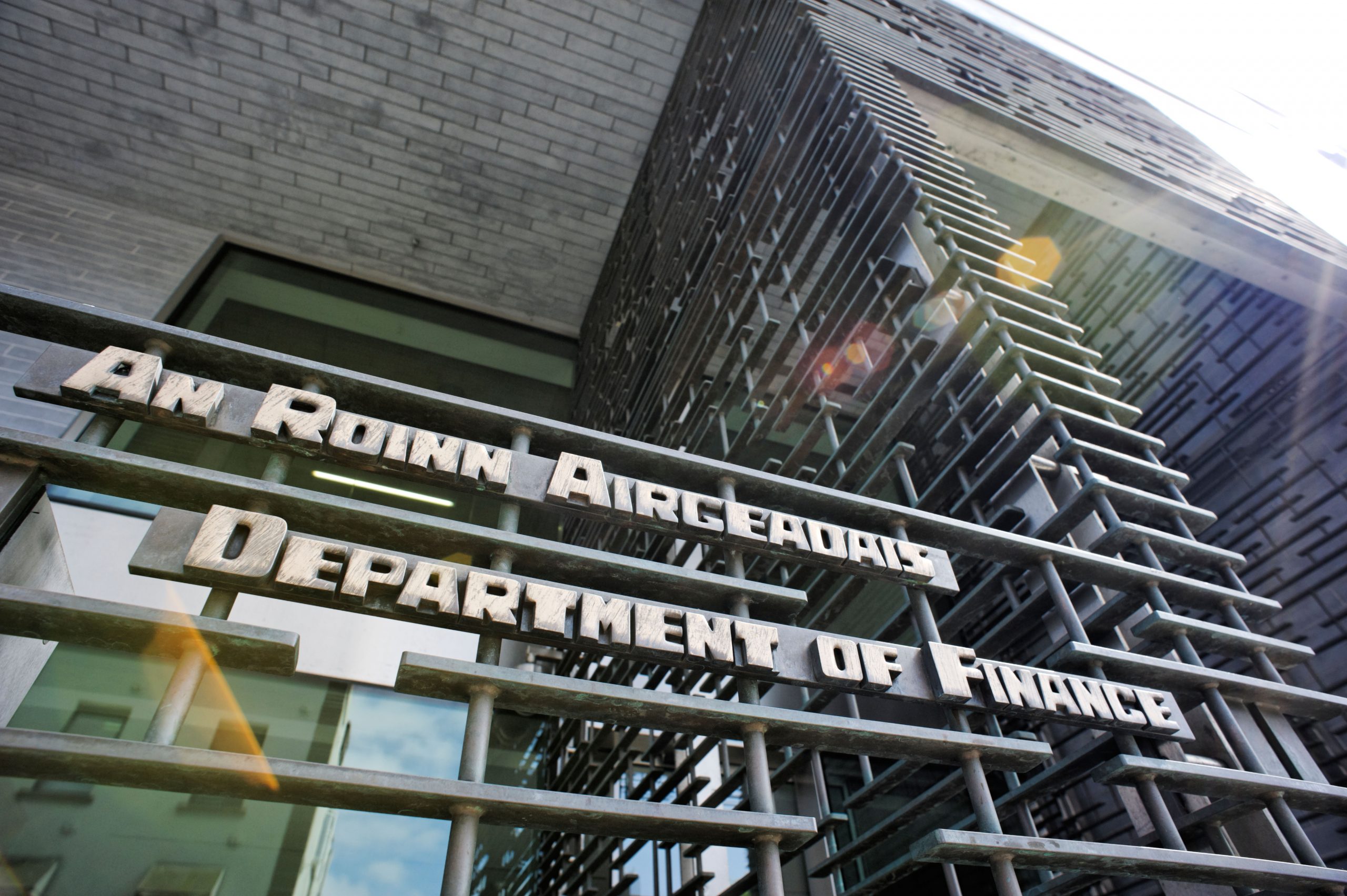Depending on what analyst you speak to, the ongoing decline in technology stocks is either a temporary market recalibration, a fundamental restructure – or something in between. Regardless, the numbers are both striking and real. Microsoft is down almost 28 per cent since its November 2021 high. Alphabet has slipped by the same percentage since its February 2022 and Apple has lost a quarter of its share value since January. And it is not just the top-tier behemoths suffering. More than 300 staff at PayPal face compulsory redundancy in Ireland, while a string of other global tech unicorns such as…
Cancel at any time. Are you already a member? Log in here.
Want to read the full story?
Unlock this article – and everything else on The Currency – with an annual membership and receive a free Samsonite Upscape suitcase, retailing at €235, delivered to your door.

